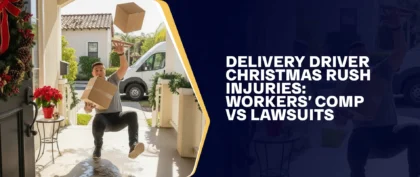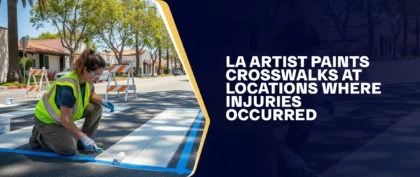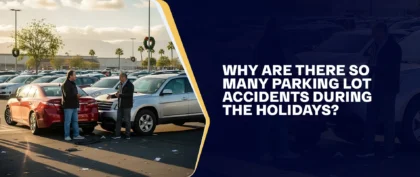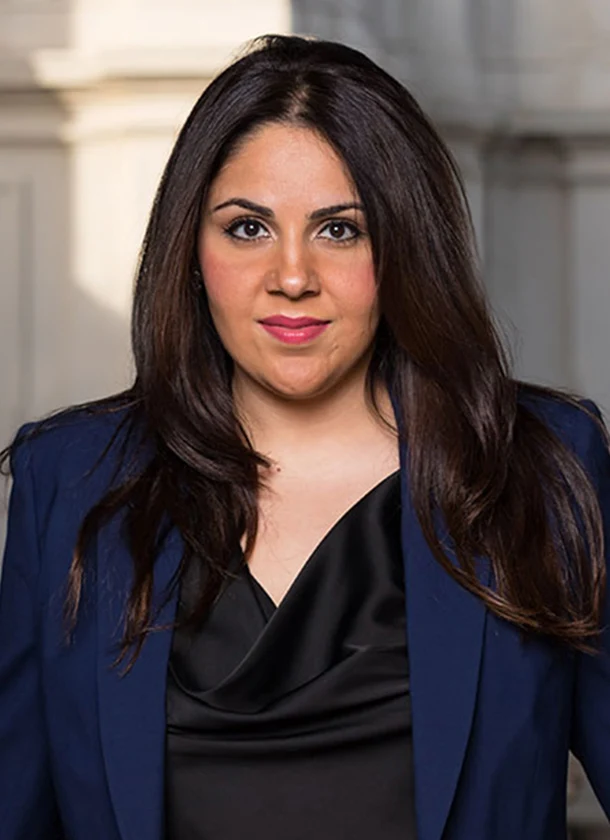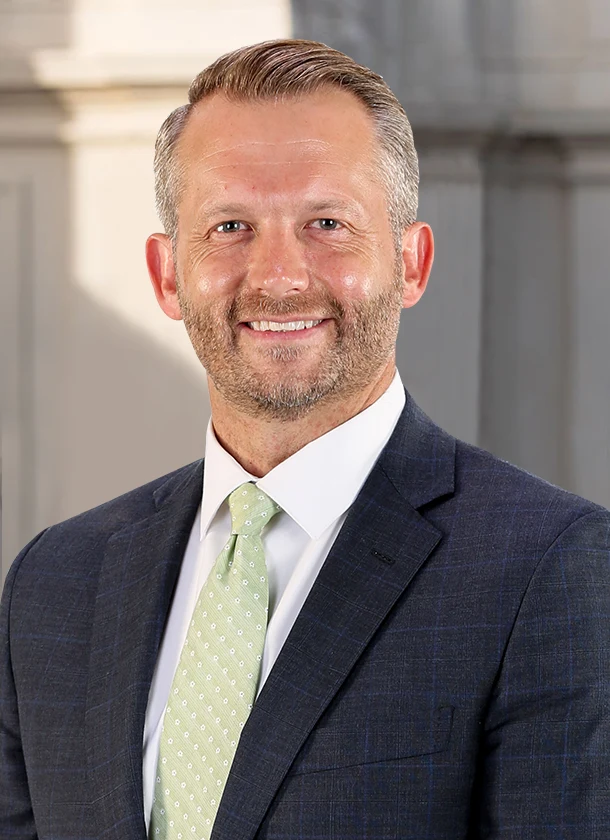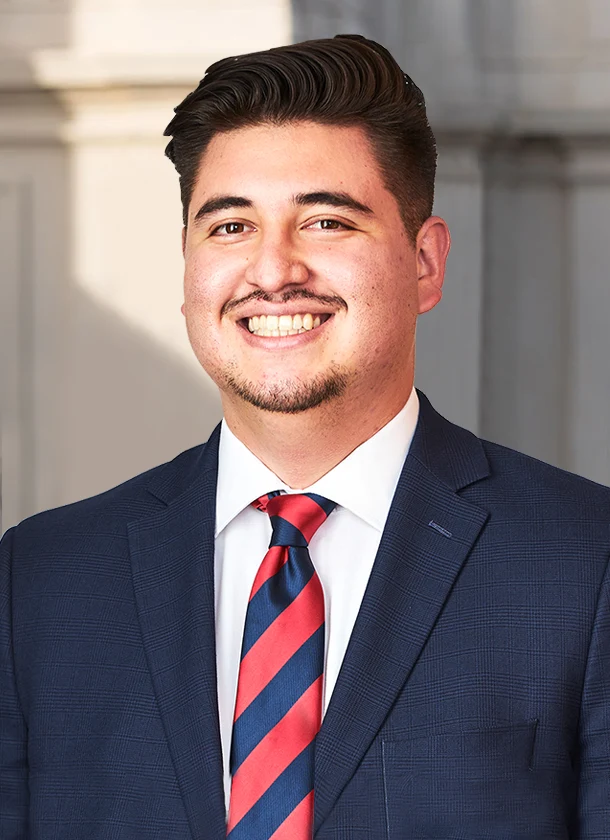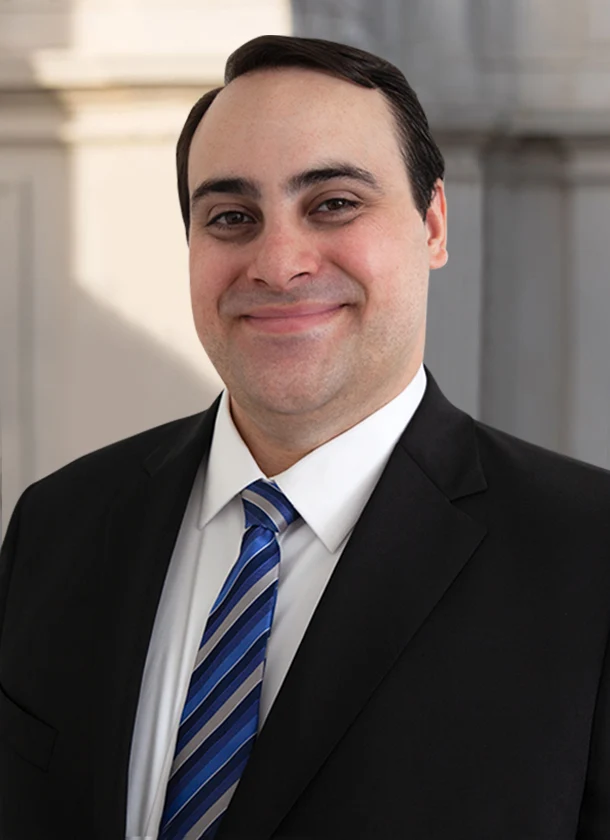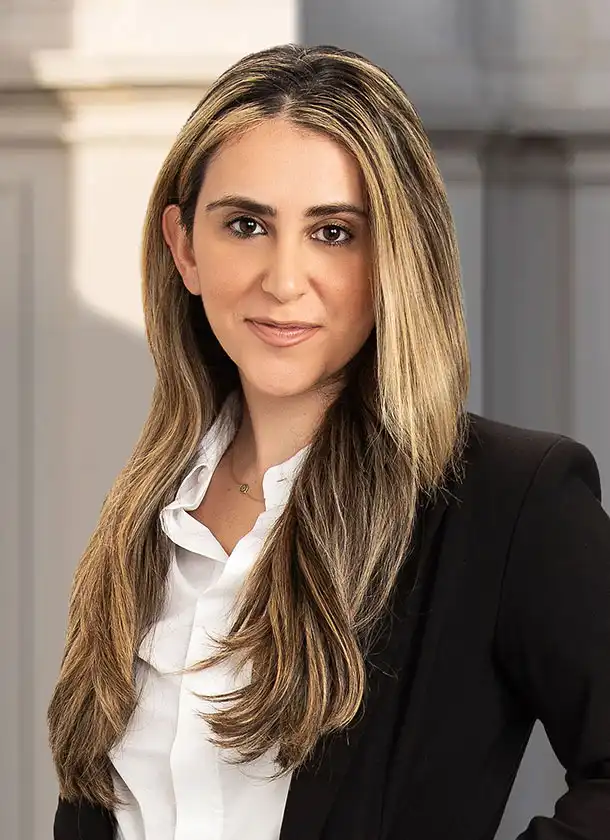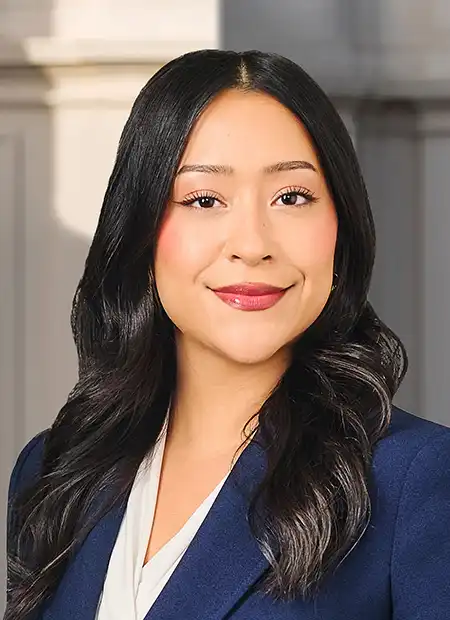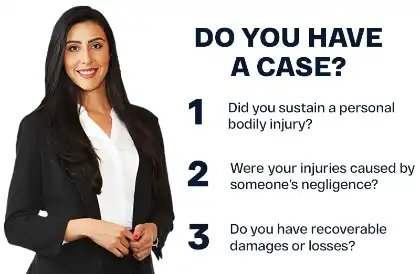Table of Contents
Data from the National Highway Traffic Safety Administration shows 6,296,000 police-reported traffic collisions in the United States in one year (2016), which means there are approximately 17,250 accidents per day nationwide.
Vehicle accidents and the subsequent aftermath can be stressful and create unforeseen financial burdens. You might find yourself in this situation. Understanding the steps to take, such as whom to contact and how to file a claim, can make the process more manageable.
What Is A Car Insurance Claim?
A car insurance claim is a report you submit to your car insurance provider after a vehicle collision to seek compensation to cover your losses resulting from the accident. Over $170 billion in auto insurance claims payments are made by insurance companies in the United States each year. Although the process can vary depending on the insurance provider you’re dealing with, the type of car insurance you have, and the state in which you live, the general process remains similar.
Important Things To Know About Car Insurance Claims
- The time period to file a claim depends on state laws and the terms of your insurance policy and may also be influenced by the type and cause of the damages.
- Depending on who is at fault, you may be able to file a claim with your own insurance company or with the at-fault party’s insurer.
- To initiate a claim, you can go online or call the insurance company directly (usually via an exclusive toll-free number) and provide them with the requested information, such as policy details and insurance policy information.
What To Do After An Accident
After a car accident, many people are unsure of what to do next. No matter if it’s just a minor fender bender or a serious crash requiring immediate medical attention, you should have a basic guide to follow. The following steps are provided for informational purposes only and do not constitute legal advice, but they may help you understand what actions to consider after an accident.
Prioritize Your Safety
After a collision, bring your vehicle to a complete stop promptly and safely. Scan the scene for potential dangers, such as oncoming traffic, and then assess yourself and your passengers for bodily injury. Next, see if other people involved in the accident have any injuries. If anyone is injured, call 911.
Call The Police
Depending on the outcome of the collision, call the police. Based on the details of your accident, the dispatcher may or may not send an officer to the scene. If you’re unsure, contact the police so they can decide if a police report is necessary.
In some regions, you only call the police for major accidents where there is significant property damage, injury, or death. The police will respond to all accidents in certain areas, including minor fender benders. There are even areas where accident victims can use a police non-emergency number to report minor accidents.
If anyone needs immediate medical attention, the police will also give you a chance to have an ambulance dispatched to the scene. If an officer is sent to the accident scene, wait for them to arrive and only speak to the responding officer. Get the officer’s name and badge number once you’re done giving your statement.
Record The Damage
Assuming it’s safe to do so, take pictures of the accident scene from several angles. Photograph the area surrounding the crash site to capture details such as road signs, traffic signals, crosswalks, bike lanes, and nearby buildings. If it’s safe and legal, move vehicles to the side of the road to avoid blocking traffic.
Suppose you have an emergency roadside kit that has warning triangles. In that case, deploy them at least 147 feet behind your stationary vehicle to give approaching drivers ample notice. Be careful when placing and retrieving your warning triangles, especially at night.
Collect Information
It’s important to gather all the information that you can concerning the accident from other drivers involved, as well as witnesses, which includes:
- License plate identification of any vehicles involved in the accident, along with their year, make, and model.
- Contact information of the other driver, including their name, address, and telephone number.
- License number of all driver(s) involved.
- Insurance information of the other driver(s) involved, including policy number, insurance company name, and any information they may have to file an accident claim, like a hotline or website.
- Contact information of any witnesses, including their names, addresses, and telephone numbers. If an officer is sent to the scene, do not depend on them to do this for you.
- Take your notes on how the accident occurred, the location, and what direction each car was driving, as well as the road conditions and weather.
- Locate and save any dashcam footage of the accident you might have so you can provide it to the insurance company and the police.
- If a police officer is sent to the accident scene, write down their badge number and their name, and ask where to get a copy of the police report before you leave the scene.
Check if the spellings and information that you have gathered are accurate, as any misspellings could create delays in the processing of your claim. While collecting insurance information, avoid discussing details of the accident with the other driver(s). Focus on collecting accurate information.
If a police officer is sent to the accident scene, speak to them in detail.
File A Tow Claim
If your vehicle has sustained major damage and is no longer drivable, you have two options:
- Option 1 — Depending on the circumstances, it might be possible to have your car insurance company arrange a tow. Your insurer can help you access towing services to and from repair facilities or a junkyard, depending on the level of damage.
- Option 2 — If you have an add-on coverage called “roadside assistance,” then you may be able to file a towing claim. Your roadside assistance tow may come with limits, such as limitations on the distance from the accident scene that your car can be towed. Sometimes they can tow to the nearest repair shop beyond that distance restriction, depending on your car insurance policy and the insurer’s rules around towing.
File A State Accident Report (If Necessary)
Depending on the rules of the state you live in and the severity of the collision, you may be required to file an accident report with your state’s DMV if the police were not involved. Check with your state’s DMV requirements to determine if you need to file a report yourself.
When To File A Car Insurance Claim
Filing a car insurance claim promptly after a collision is standard practice when a vehicle requires repair or replacement or when injuries are involved. If the damage to your vehicle costs less than your deductible and no one else was involved, then you don’t need to file a claim since your insurer will not make a claim payment.
You have to be aware of the different types of claims to file with your own insurance company, which will depend on the cause of the accident, the level of damage sustained, and whether or not there was bodily harm.
- Filing a Comprehensive Insurance Claim — A claim is filed against your comprehensive insurance policy when something other than a vehicle collision causes the damage.
- Filing a Liability Insurance Claim — A liability insurance claim is submitted to the other driver’s insurance company when a vehicle collision is determined to be the other driver’s fault.
- Filing a Collision Insurance Claim — A collision insurance claim is filed under your own policy if you are responsible for the accident, regardless of whether the other driver has insurance. If the fault is unclear, claims can be submitted to both insurers, and coverage will be determined once liability is established.
- Filing Either an Uninsured or an Underinsured Motorist Insurance Claim — A claim submitted against your uninsured/underinsured motorist policy after an accident with an uninsured/underinsured driver (when they’re at fault) or if you are the victim of a hit and run.
- Filing a Personal Injury Protection and MedPay Insurance Claim — Depending on the type of coverage, personal injury claims are filed with your own insurance company under MedPay insurance or personal injury protection (PIP).
For assistance in filing claims against the other driver’s insurance company, a free initial consultation is available with our car accident attorneys at (888) 488-1391.
How Fault Impacts Car Insurance Claims
Determining who’s at fault in a vehicle collision is important since the at-fault driver’s insurance company is generally responsible for covering damages. Once a claim is filed, the claims adjuster will investigate the collision and determine who is at fault (unless it is immediately obvious, like in a drunk driving collision). Keep in mind that fault can be shared between drivers in a collision, in which case the damages would be assessed based on that state’s negligence laws.
5 Steps To File A Car Insurance Claim
After you’ve sought medical treatment for any injuries you sustained in the accident, the next step of the process will be filing an insurance claim against the adverse party.
Step 1: Contact Your Insurance Company
Contact your insurance agent directly or the accident reporting hotline for your insurer to report the collision promptly. Have the following information available:
- Which vehicle(s) covered by your policy were involved in the accident?
- Who was driving the vehicle at the time of the accident?
- The location of the accident, the date of the accident, and the approximate time it occurred.
- A basic summary of the accident, a list of bodily injuries you or any passengers may have suffered, and the level of damage to the insured vehicle. They may also ask about the level of damage to the other vehicles involved in the accident, along with any information you may have about bodily harm. For example, they may want to know if the other driver needed to be taken to a hospital by ambulance or not.
- The name(s), contact information, and insurance information of the other driver(s) involved in the accident.
- The name(s) and contact information of others involved in the accident and witnesses.
Bring something to write with and take notes during the call. Copy down the claim number you’re provided, plus the name and direct phone number of the person you spoke with.
Step 2: File A Police Report
When you call the insurance company to report the accident, they may request a police report number. If you didn’t get a police report from the responding officer at the scene, you could still go to a police station to get a copy. Some police departments have online methods of retrieval. If you did not call the police because the accident was a minor fender bender, you can still go down to the local police department and file a report in person.
Step 3: Work With The Claims Adjuster
Once you report the accident to the insurance company, a claims adjuster will be assigned to your claim. This person will contact you for additional information beyond what you provided during the initial report to the insurer. Stick to the facts. Avoid speculation. Provide any photographs or videos you took at the scene and the contact information of any witnesses for additional follow-up efforts.
Note that any conversations you have with a claims adjuster will be recorded and may be used to determine who is at fault. Before filing a personal injury claim with the other driver’s insurance company, getting legal support may be beneficial. Call (888) 488-1391 to schedule a free initial consultation with our team.
In addition to gathering details about the accident, the claims adjuster might inspect the damage to your vehicle or ask that you take your vehicle to a certified repair shop that will perform the inspection for them and assess the total damage.
Step 4: Get The Final Report From The Claims Adjuster
Once the adjuster completes their investigation, including reviewing insurance coverage and inspecting the vehicle, they will estimate the total repair costs. If the repair costs meet or exceed the Kelly Blue Book value, or if the vehicle cannot be repaired, it will be deemed a “total loss.” The adjuster’s initial report typically addresses only property damage, as bodily injury claims often require more time to finalize.
Step 5: Accept The Property Damage Payout
Once all of the figures are totaled against the amount covered by the insurance policy, the claims adjuster will authorize the final payment. You will be provided with a form to sign that releases them from any further claims resulting from the accident, accepting the offer as full payment in settlement of the claim. If you are going to file a personal injury claim against the other driver’s insurance company, you can contact our attorneys at (888) 488-1391 for a free case review before signing anything.
How Long Do I Have To File A Car Accident Claim?
The time you have to file a claim varies depending on the state you live in, the insurance company you use, and the type of claim you need to file. Some states limit how long you have to complete a claim settlement or initiate a lawsuit. Note that deadlines for insurance claims are different from civil cases arising from a car accident.
In California, you generally have two years from the injury date to file a personal injury claim. However, if you’re making a claim against a government agency, you must file within six months. The deadline can also be paused or extended in certain situations, such as if the victim is a minor or mentally incapacitated.
To understand the applicable deadlines for your case, you can consult an attorney. They can assist you in tracking relevant deadlines and guide you through the legal process. If you or someone you know is the victim of a car accident, you can schedule a free initial consultation with our personal injury attorneys. Call Arash Law at (888) 488-1391 and discuss your case.
How Long Can It Take To Settle A Car Insurance Claim?
The claims process can vary greatly depending on your circumstances, the insurance company’s investigation, and the length of any negotiations in a legal settlement. Very straightforward claims can be completed in just a few days, while others may take weeks or months to process.
How Is A Bad Faith Claim Filed Against A Car Insurance Company?
It may be possible to file a complaint with your state’s department of insurance or insurance commissioner if you feel the insurance company handling your claim is violating state law. Although state regulators are limited in their actions, their involvement could lead to refunds, additional claim payouts, and other beneficial actions. Before initiating any action like this, you may contact an attorney at our injury firm by calling (888) 488-1391 to help you understand the process.
Will My Car Insurance Premiums Go Up As A Result Of A Car Accident?
Most insurance companies do not raise premiums for drivers who are not at fault in a collision, though this can vary by state and insurer. At-fault auto insurance claims often result in premium increases, depending on the circumstances and the company’s policies.
If you or a loved one is the victim of a car accident, reach out to our attorneys at Arash Law by calling (888) 488-1391. Discuss your case and explore your legal options. Our personal injury lawyers are committed to advocating for injured clients’ rights. We can help you pursue compensation for your injuries and losses.




